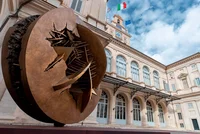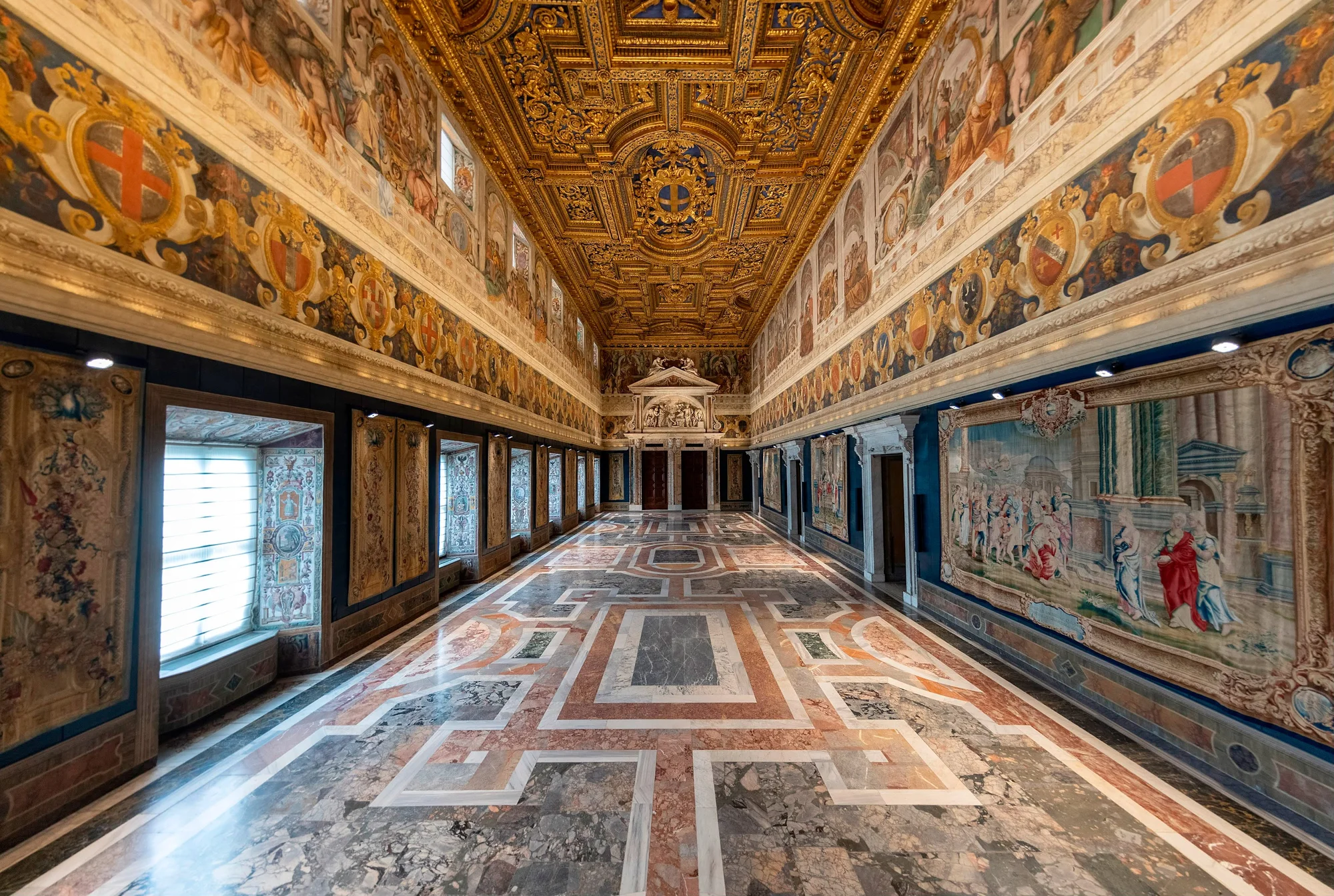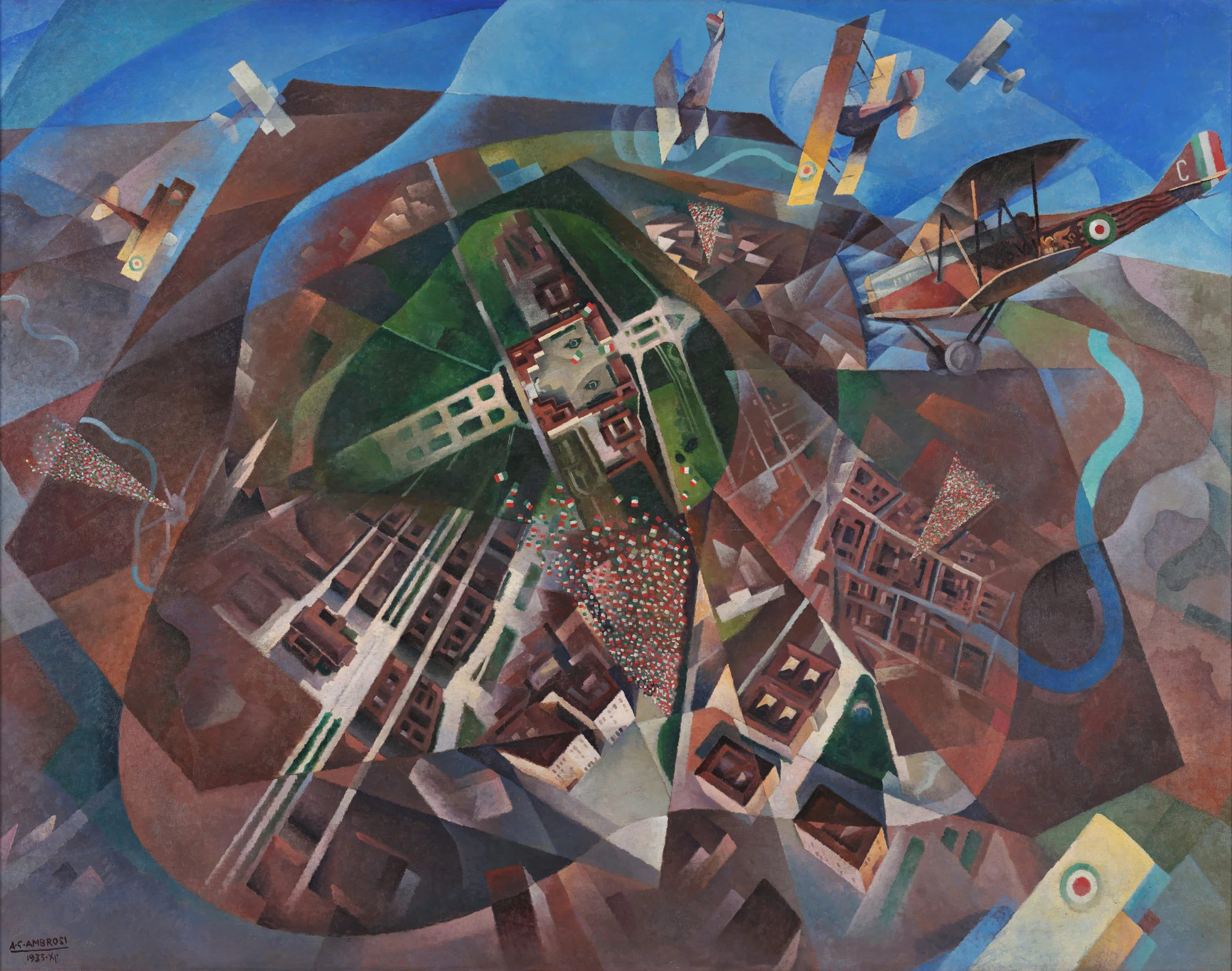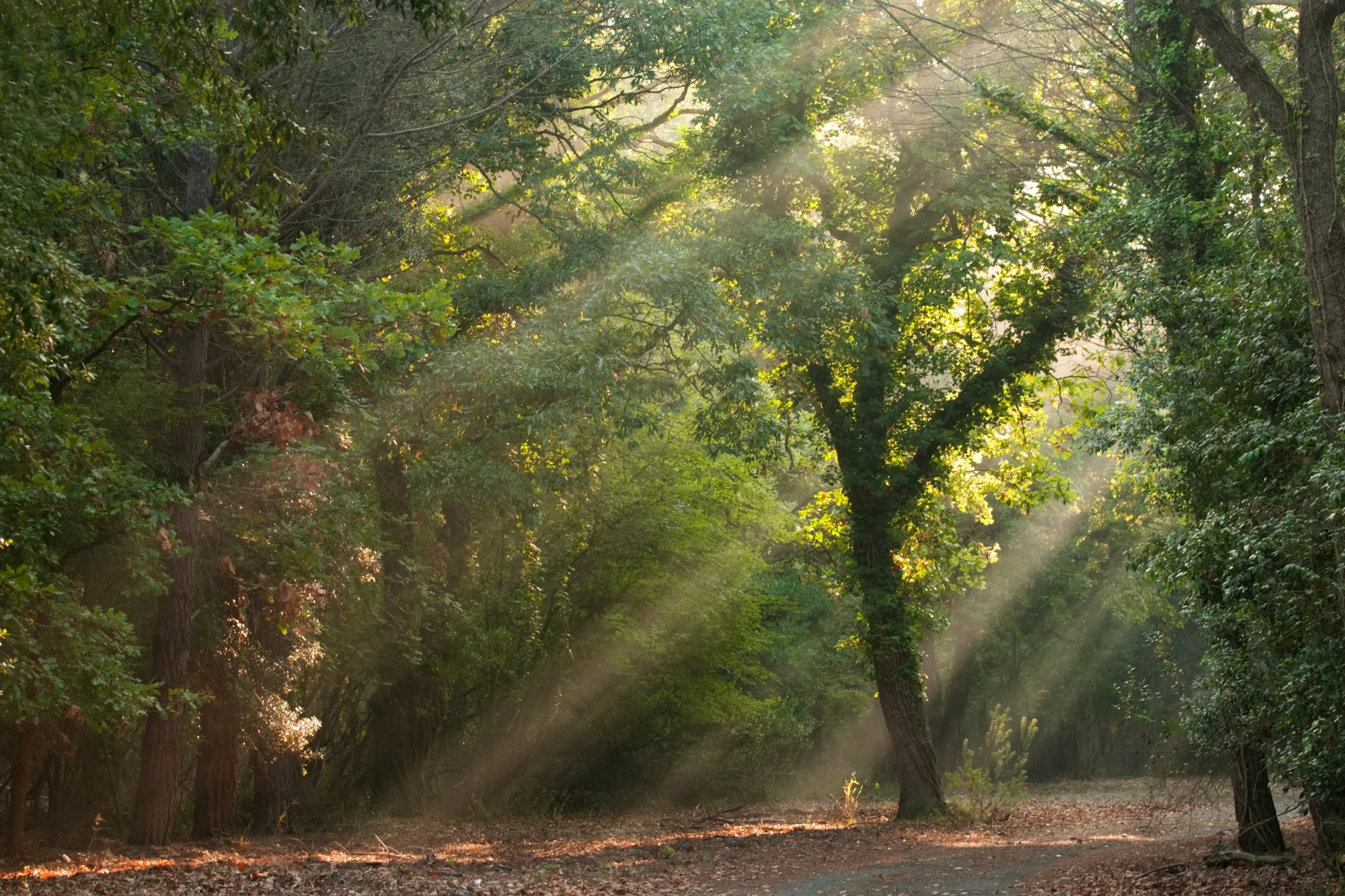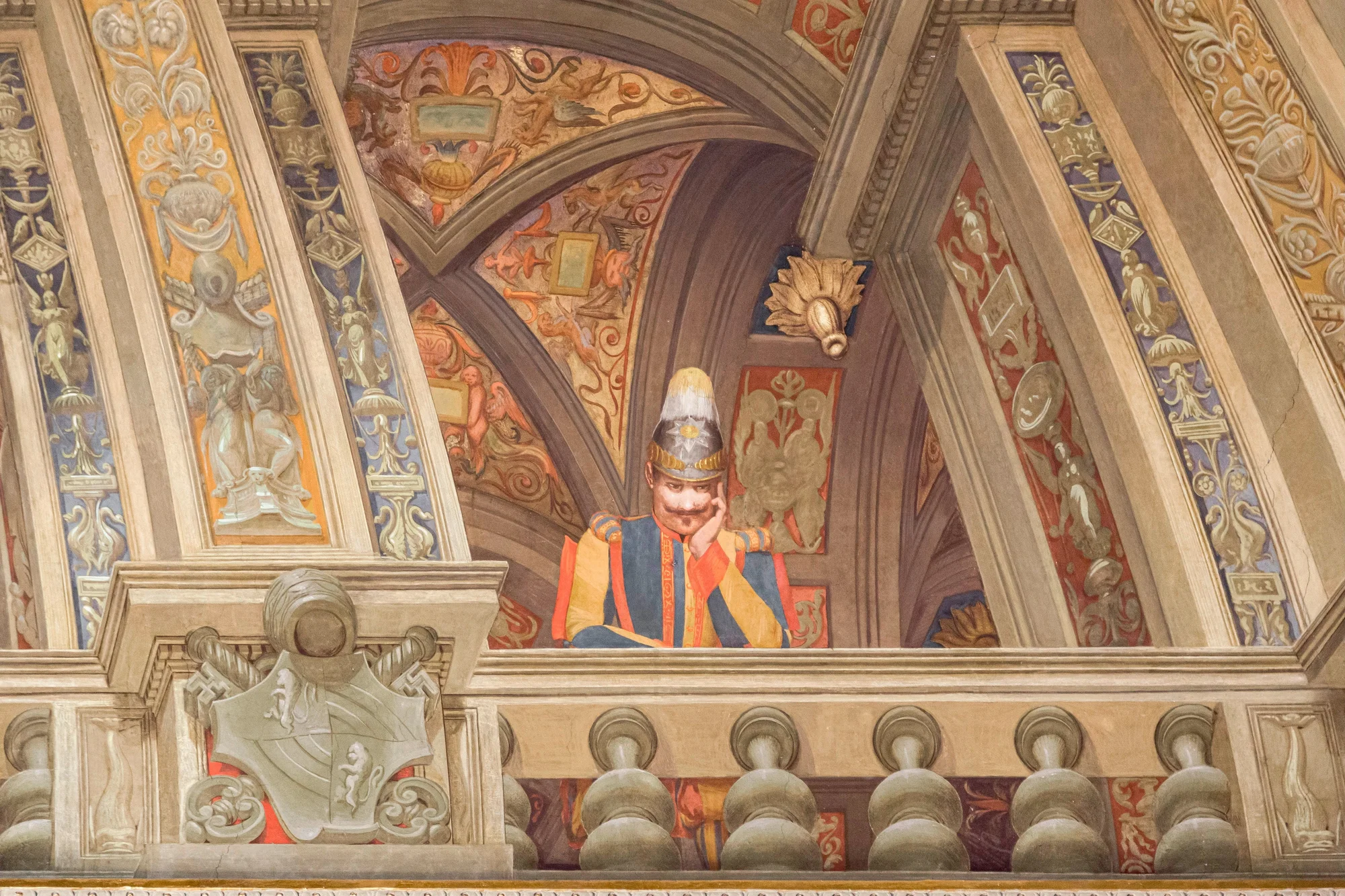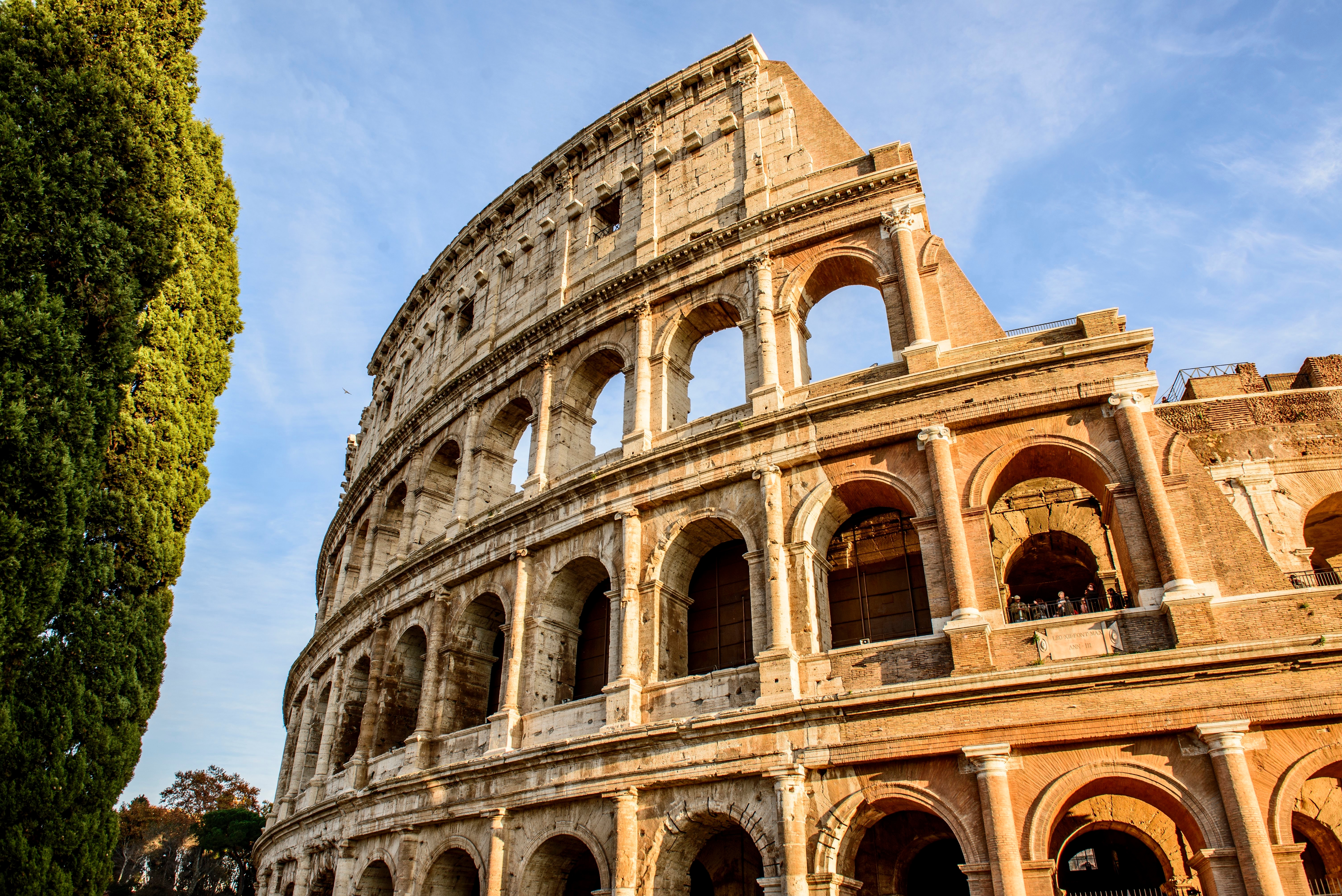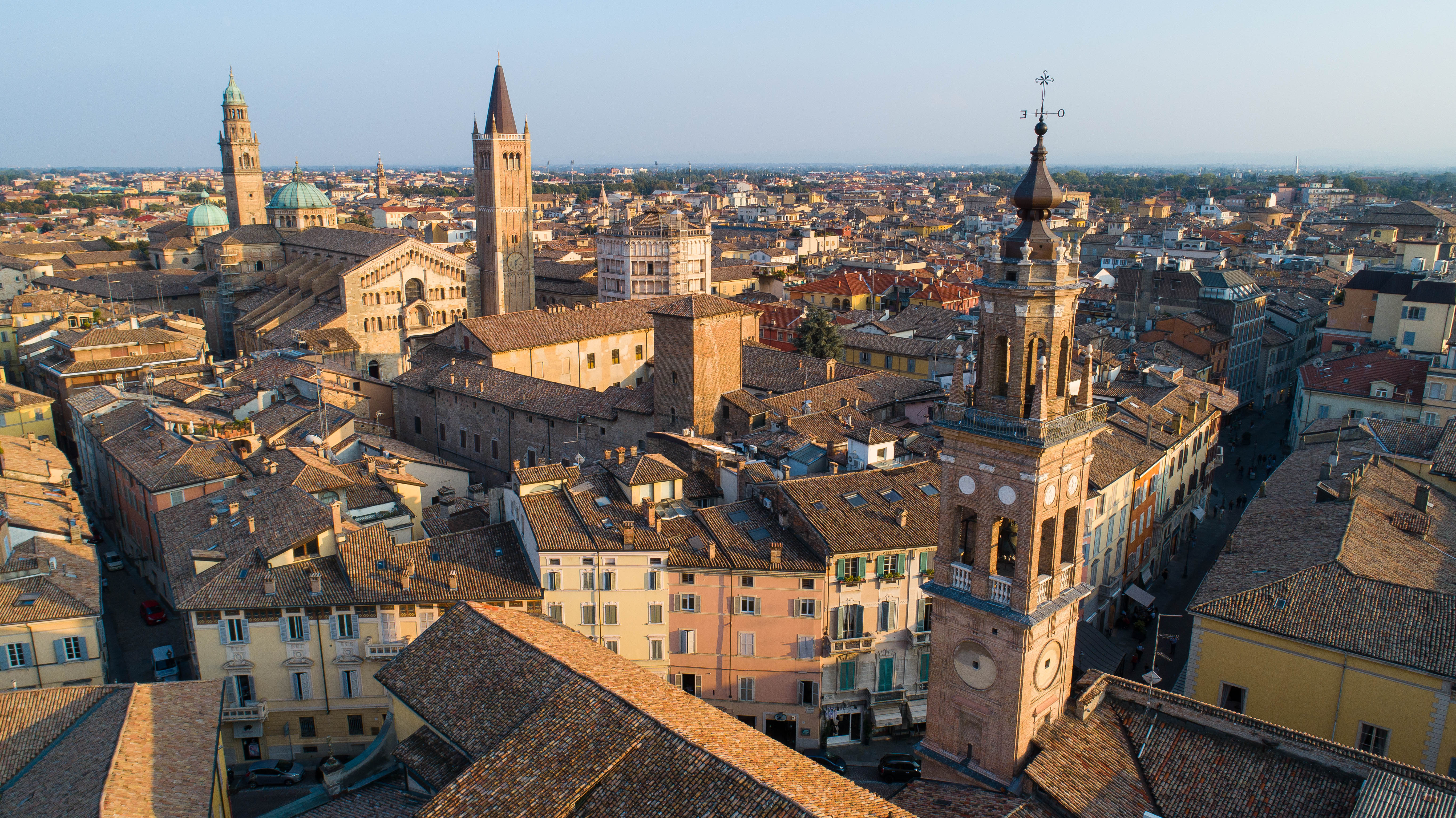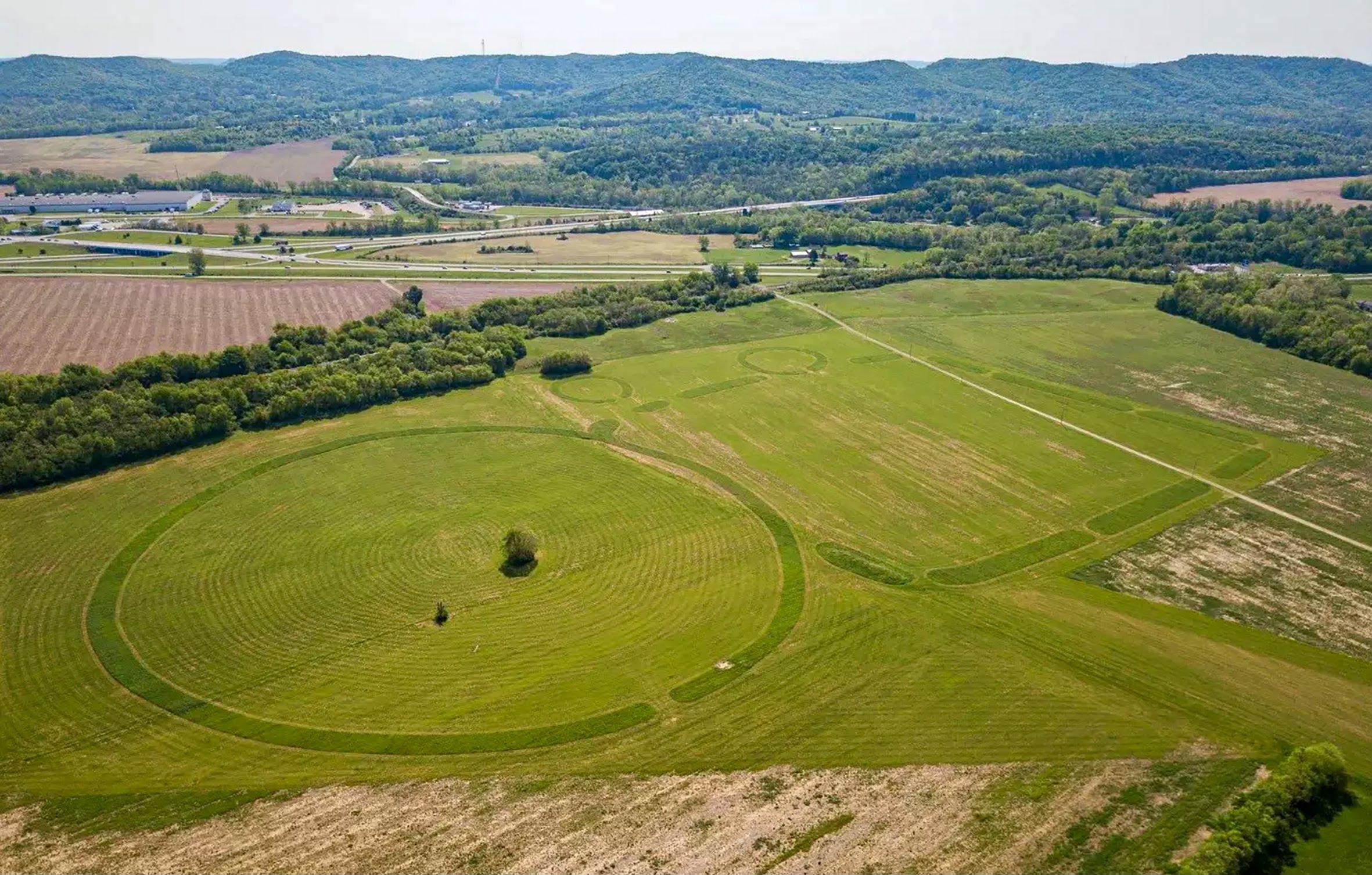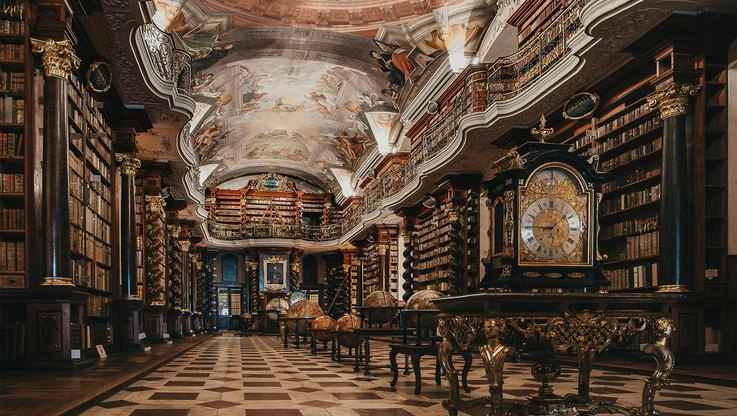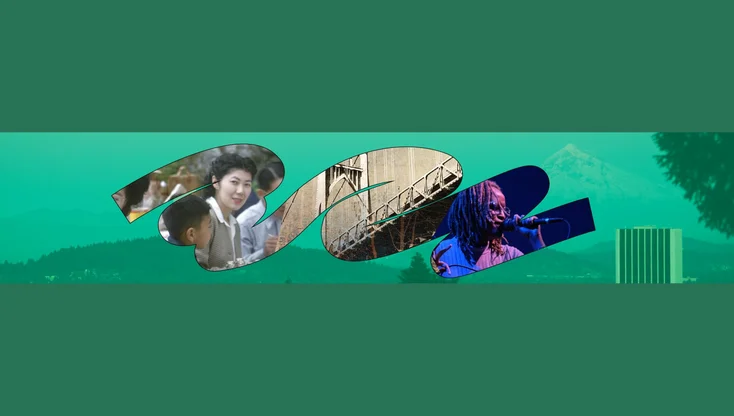A twist in the tale of the Italian Quirinale Palace
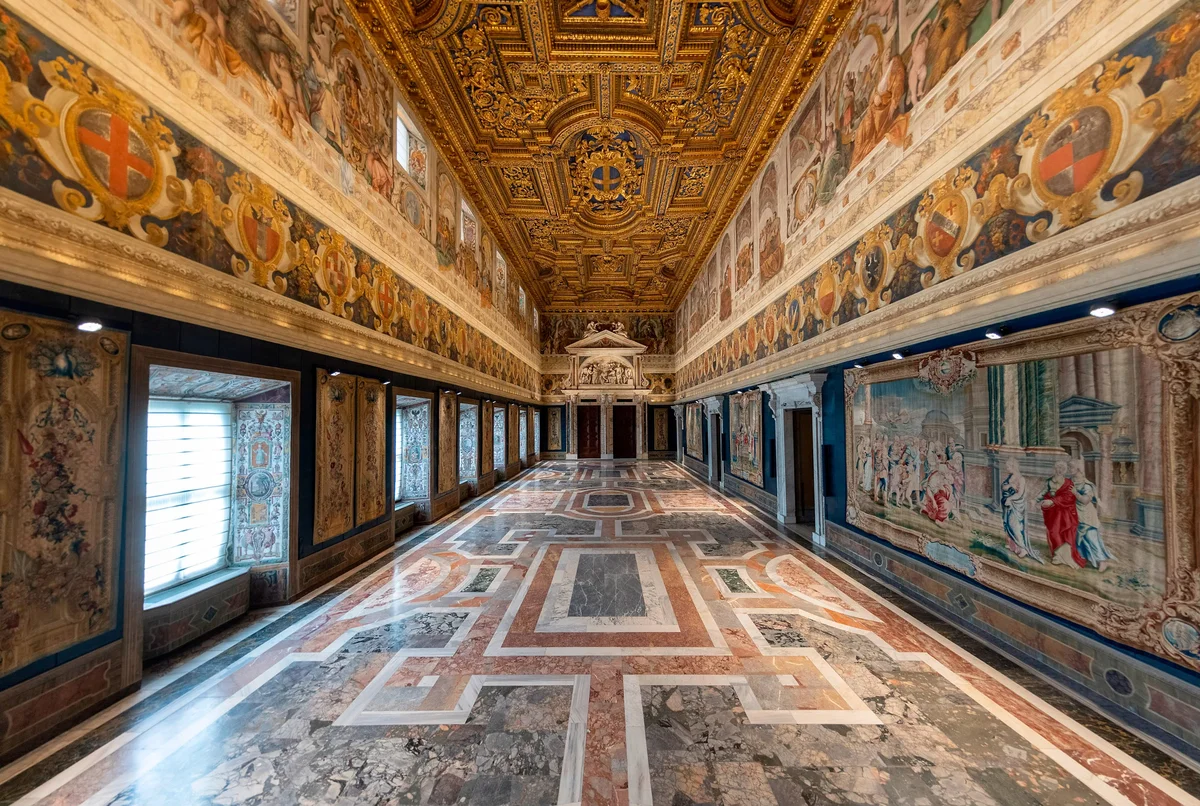
The Quirinale Palace in Rome is one of the world’s most renowned heritage sites. Once home to popes it has been the official residence of the President of the Italian Republic since 1946. However, using the words of said President, Sergio Mattarella, the Quirinale Palace is also the “Home of All Italians”. This is due to its importance for Italian political and institutional life, as well as its incomparable artistic and cultural heritage, representing the genius and creativity of Italians.
Google is proud to join forces with the office of the Italian Head of the State to invite everyone — Italians and people from all over the world — to make this place their home. But you wouldn’t want to call somewhere you’d never visited before “home”, right? So, put on your fancy clothes and let’s open the doors of this house together, courtesy of Google Arts & Culture’s new online experience.
Entering the Palace
Welcome to the Quirinale Palace: let’s begin. Before entering, you will spy the Courtyard of Honor (Cortile d'Onore), a large arcaded square with a harmonious appearance, the result of decades of work and passion. From here, we might stroll up the noble Staircase of Honor (Scalone d'Onore) where you will have access to the main rooms in the building. Marvel at the immense spaces all around you, with ornate frescos and adornments at every turn.
Hallways full of unexpected items
Let’s continue down the halls and experience even more uniqueness. Art can be so original, especially when it finds a way to relate to every age and interest! For astrology lovers or those just curious to delve deeper into a particular artwork, these hallways are lined with decorations where you can find your zodiac sign among beautiful astrological images. In doing so, you can feel part of something greater, and imagine others doing the same centuries ago. This theme continues with the furnishings: leaning against the walls are twelve armchairs made at the beginning of the 18th century by Andrea Brustolon, an artist described as the "Michelangelo of wood" by the one and only Honoré de Balzac.
Next, keep walking down the halls and chambers and you will soon notice a certain love for clocks and pendulums. In fact, the Quirinale Palace holds over 200 of them! Time really is a precious commodity and you won’t be able to forget it in this place. Home to hand made clocks and pendulums imported from all over the world, you can explore how they are cared for and repaired in the watchmaker’s laboratory. Get your clocks right by learning about how “telling time” has changed and trended in history.
The office where it all happens
Here we are. The moment has come to hop into the President’s office (no pictures with flash, please!) and uncover all the details that he works next to as he performs his duties, attends functions, and receives foreign guests and members of Parliament. Few know that, originally, when the Quirinale Palace was the seat of the Vatican, the lavishing room was the Pope's summer bedroom. During the Napoleonic restyling, it was used as the emperor's dining room and at the end of the 19th century, King Umberto I turned it into an office that linked to the bedroom in the adjoining Sala di Druso (Room of Drusus the Elder).
They’re only human
It was an eclectic group of people who lived — and live — in this Palace over the years. Here is one such example: the Savoy family, and other former habitants, used the Great Hall of the Cuirassiers, the largest of the rooms, as an indoor tennis court. At a point in time, it was also used as a skating rink for the entertainment of the Savoy princes. Which explains why, during some recent restorations, a tennis ball was found behind the tympanum (decorative arch) that tops the access portal of the Pauline Chapel, a space dedicated to Pope Paul V, who commissioned this and other large rooms at the South of the Palace.
A love for nature and its fruits
Last but not least, you will arrive at the beautiful outdoor gardens which you can also see through the Street View technology on Google Arts & Culture. You can also see the Porta Giardini, a nineteenth-century gate entering the Viale delle Palmen, bordered on both sides by twelve geometric flower beds with a rare and rich collection of tree species.
Your trip to the Quirinale Palace doesn’t end here! Browse over 1000 images, photoshoots of 13 artworks through Art Camera and more than 100 km of Street View digitizations in the Palace and President’s summer location in the woods, Castelporziano Residence.
Visit g.co/quirinale, or download Google Arts & Culture’s Android or iOS app to continue learning and having fun. And if this exhibition got you in the mood to see more of Italy and its beauties, embark on our other online experiences, such as a trip to Parma Capital of Culture 2020+21 .

